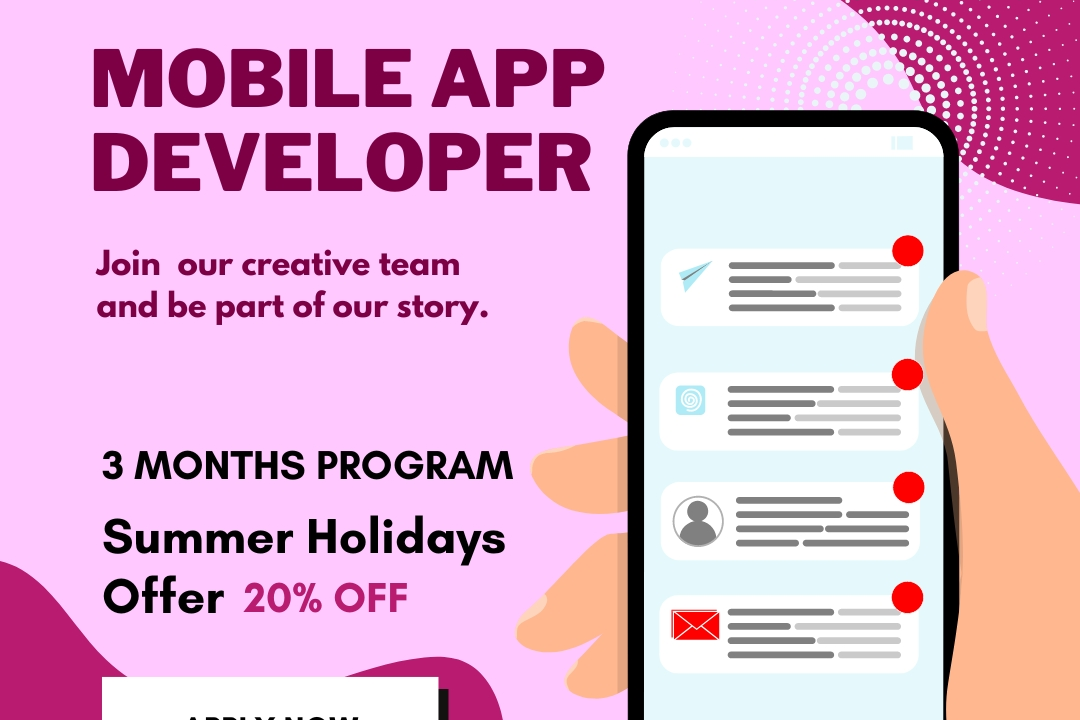User Onboarding Strategies
Effective User Onboarding Strategies for Success
User Onboarding Strategies
User onboarding strategies involve techniques and practices designed to help new users understand and effectively utilize a product or service, ensuring they achieve their desired outcomes quickly. Effective onboarding typically includes a combination of educational content, such as guided tutorials, walkthroughs, and tooltips, alongside personalized experiences that cater to different user needs and backgrounds. Additionally, strategic use of engagement tactics—like check-in emails, progress tracking, and community support—can foster a sense of connection and reinforce the value of the product. By optimizing the onboarding process, companies can improve user retention, enhance satisfaction, and ultimately drive long-term engagement and loyalty.
To Download Our Brochure: https://www.justacademy.co/download-brochure-for-free
Message us for more information: +91 9987184296
1 - Welcome Email: Send a personalized welcome email that introduces the program, outlines its benefits, and provides essential resources to help students get started.
2) Orientation Session: Conduct a live orientation session to provide an overview of the training program, expectations, and available support, allowing students to ask questions.
3) Interactive Tutorials: Create step by step interactive tutorials that guide students through critical features of the training program, enhancing their understanding and retention.
4) Gamification: Incorporate gamified elements, such as points, badges, or leaderboards, to boost engagement and motivate students to progress through the training.
5) Progress Tracking: Implement a system for students to track their progress, helping them to see their achievements and identify areas for improvement.
6) Peer Mentorship: Establish a peer mentorship program where experienced students can support newcomers, creating a community feel and facilitating knowledge sharing.
7) Regular Check Ins: Schedule regular check ins or feedback sessions to assess student progress, address concerns, and provide encouragement.
8) Resource Library: Create a centralized resource library with guides, FAQs, video tutorials, and other materials that students can easily access at any time.
9) Microlearning: Break down content into smaller, focused learning modules that students can complete quickly, accommodating different learning paces and styles.
10) Interactive Q&A Sessions: Host interactive Q&A sessions where students can ask questions in real time, making the onboarding process more engaging and clearer.
11) Personalized Learning Paths: Allow students to choose their learning paths based on their interests or skill levels, making the onboarding experience more relevant and tailored.
12) Feedback Loop: Create a feedback mechanism whereby students can share their experiences and suggest improvements to the training program, ensuring it evolves to meet their needs.
13) Social Learning Opportunities: Encourage collaboration through group projects, discussion forums, or study groups, promoting social interaction and deeper learning.
14) Mobile Friendly Access: Ensure that the training program is easily accessible on mobile devices, allowing students to learn wherever and whenever convenient.
15) Completion Certificates: Offer completion certificates or badges to students who finish the training program, providing them with a tangible reward for their efforts and accomplishments.
Implementing these onboarding strategies can help improve student engagement, satisfaction, and success in the training program, fostering a more effective learning environment.
Browse our course links : https://www.justacademy.co/all-courses
To Join our FREE DEMO Session: Click Here
Contact Us for more info:
Certification Preparation
Data analytics near me
Flutter Developer Course in Mumbai
Top 10 Training Institutes In Chennai











